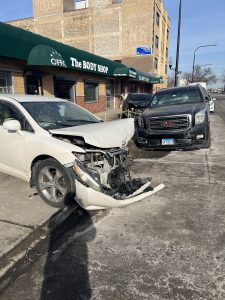Car accidents can be devastating, and the aftermath can be overwhelming. If you or a loved one has been involved in a car accident, it is important to seek legal representation right away. At Zneimer & Zneimer, our experienced car accident attorneys are dedicated to helping clients receive the compensation they deserve.
Impaired driving is a leading cause of car accidents in the United States. According to the National Highway Traffic Safety Administration (NHTSA), in 2019, 10,142 people were killed in alcohol-impaired driving crashes. This represents 28% of all traffic-related deaths in the United States. In addition to alcohol, drug-impaired driving is also a growing problem. In 2019, 14.8 million people reported driving under the influence of illicit drugs.
At Zneimer & Zneimer, we understand the devastating impact that impaired driving accidents can have on victims and their families. Our attorneys have years of experience representing clients in car accident cases involving impaired drivers. We will investigate the incident thoroughly, gather evidence, and negotiate with insurance companies to make sure you receive the compensation you deserve.
Compensation for car accident injuries can include medical expenses, lost wages, and damages for pain and suffering. In cases involving impaired driving, victims may also be entitled to punitive damages, which are designed to punish the at-fault driver and deter others from engaging in similar conduct.
If you or a loved one has been injured in a car accident, it is important to seek legal representation right away. Our attorneys are available 24/7 to answer your questions and provide you with the support you need during this difficult time. Continue reading











